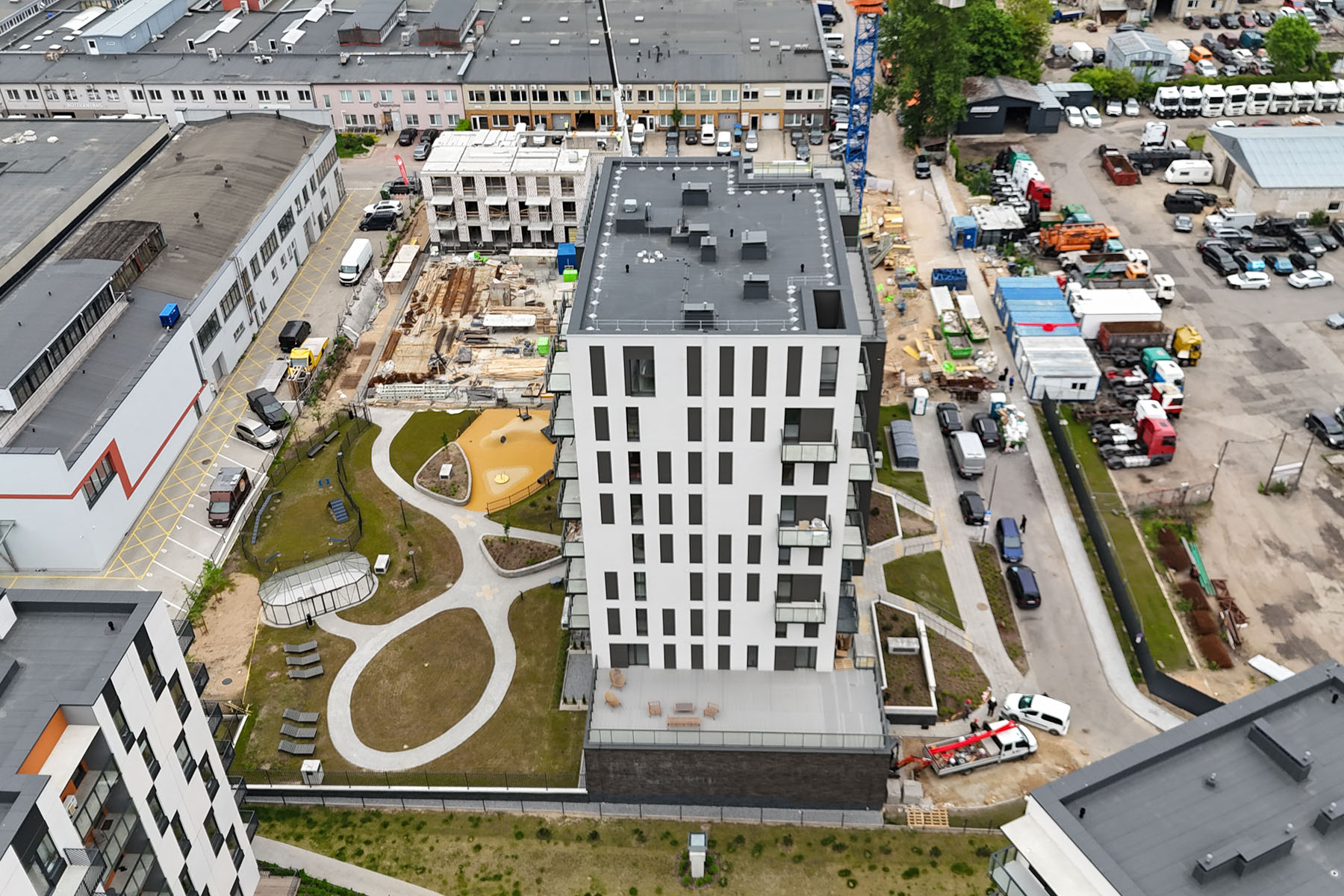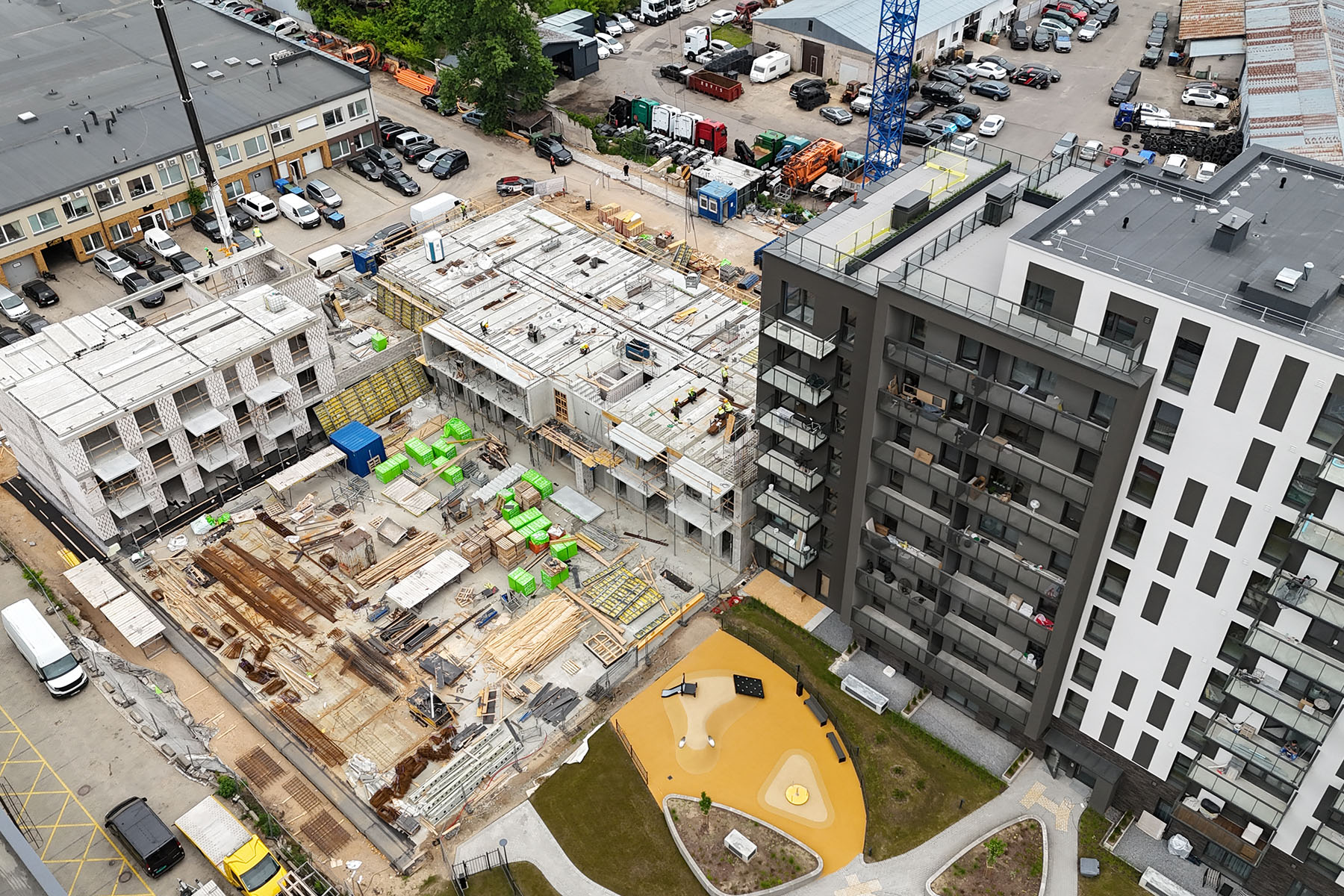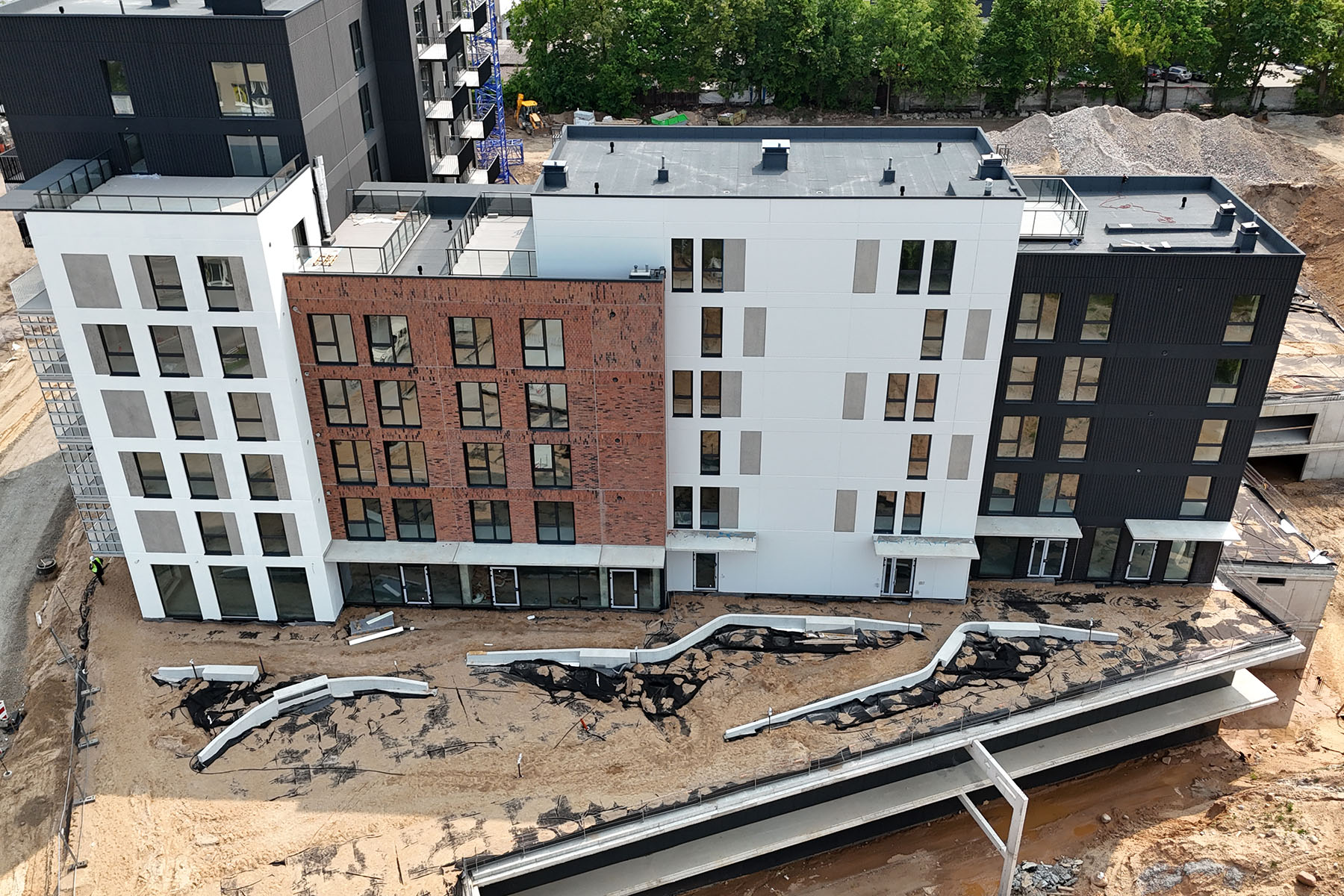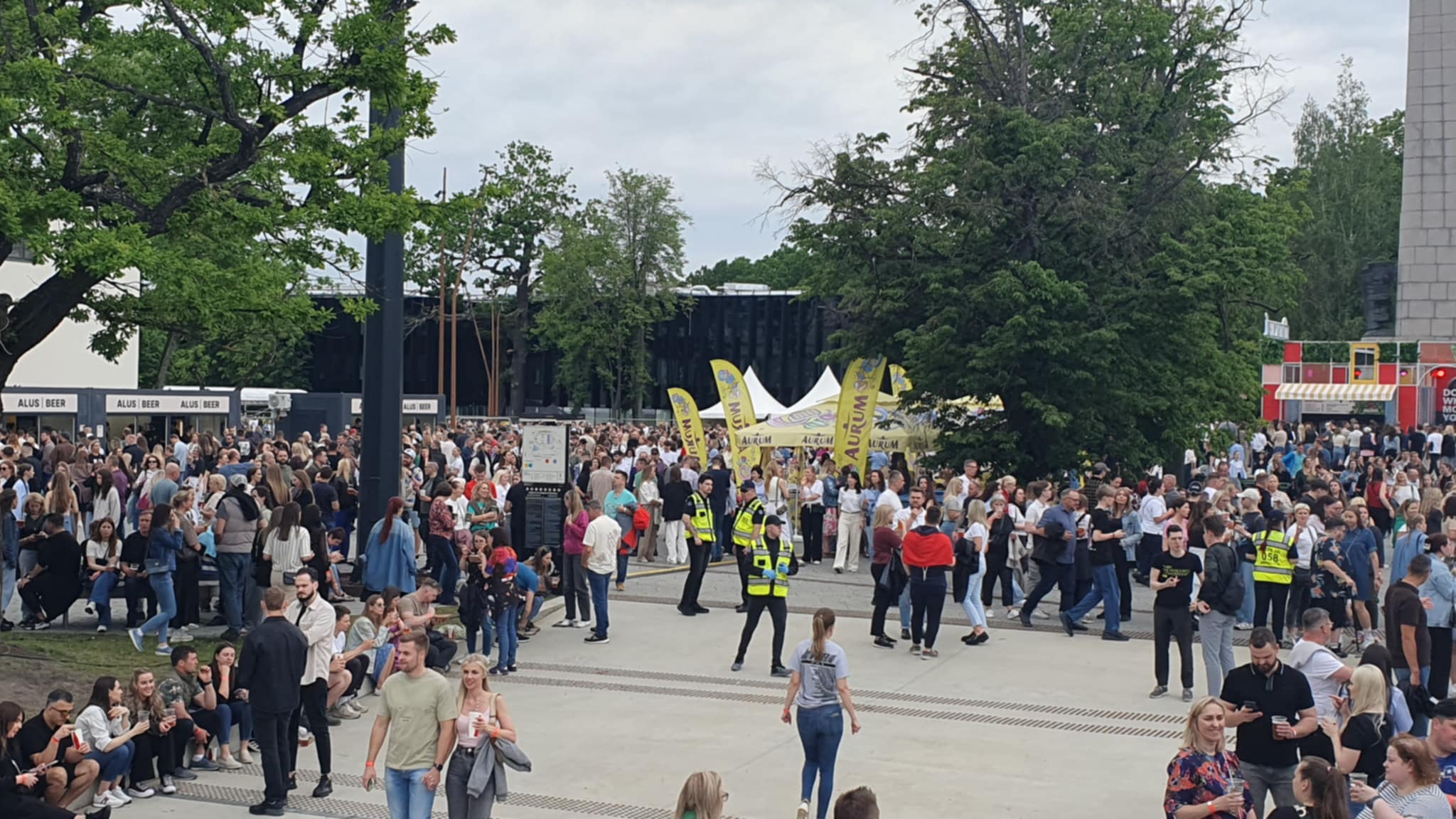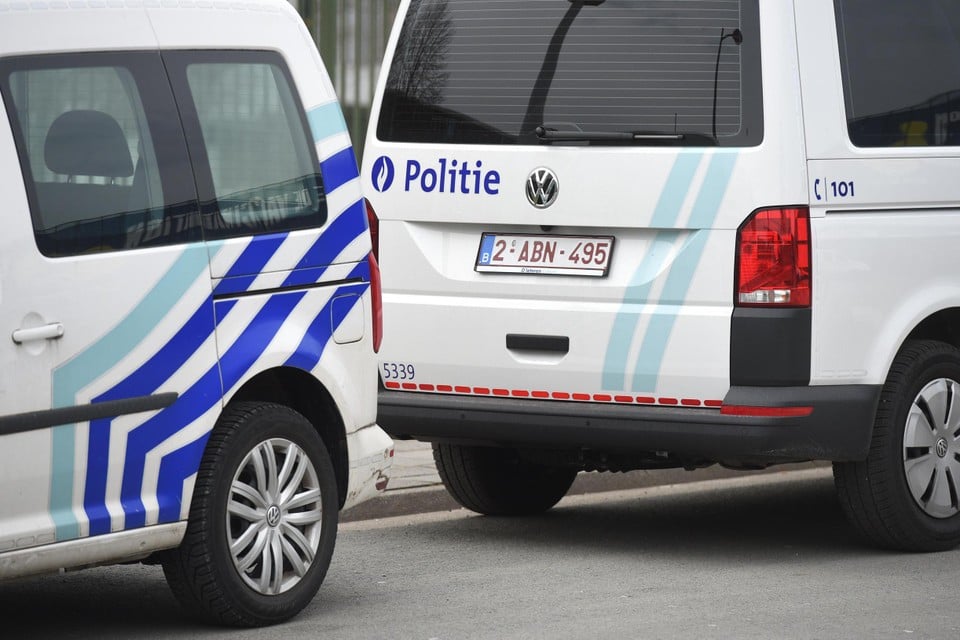Housing as an investment – how to recognize places where value will grow fastest

However, the sense of success does not help to predict success – this requires data, understanding of the development of the city and a bit of courage.
How to recognize the beginnings of value growth?
Investment in real estate is considered one of the safest forms of long -term investment, determined by even the legal system – the Civil Code guarantees ownership and provides legal protection, ensuring that the owners can trust their property and dispose of it according to their will. It gives stability and confidence that investment in real estate is protected and will not be easily damaged. Meanwhile, other investment measures such as promotions, bonds or cryptocurrencies may be much more volatile, requiring constant market monitoring and special knowledge.
Eglė Savostas, Head of Analysis Division of Citus. Photo by Citus
When investing in value growth, it is important not only to count but also to empathize: how will this area look like in 5 to 10 years? What people will it attract? Will there be a community here or will people change? Such issues help to see the potential before it revealed. Investment in housing to sell it profitably after a few years requires data based on the evaluation of neighborhoods. Value growth, I believe is determined by three main factors:
• Development potential – infrastructure, business investment and workplaces, educational institutions;
• Competitive environment – supply size and dynamics;
• Market cycle – change in housing prices over a period of time.
Such issues help to look for investments strategically, not from a short -term perspective.
In order to make a reasoned decision on investment, price changes alone or ROI are not enough. We need to look at the profound causes that lead to price growth: municipal planned infrastructure, development of educational institutions, competitive supply (are there no more projects around 10 similar projects?), City strategy and even population changes.
Real estate project « As in New York by Citus ». Photo by Citus
Often these changes signal the rise in value before it is reflected in prices.
The attractiveness of the market and the rate of value growth are closely linked to the balance of supply and demand. Citus data shows that in the next 5 years, the value of housing in developing areas – Žirmūnai, Naujamiestis, Vilkpėdė, Naujininkai – can grow 30-40 %, while in mature districts such as the Old Town, Antakalnis, many sleeping areas – about 20-25 %.
Vilnius: clear leaders and changing districts
For example, according to the data available to Citus analysts, the 3 most valued neighborhoods are Vilkpėdė, Užupis (including Raupis) and Šnipiškės. In Vilkpėdė 2018 The new construction apartments cost about 1 565 Eur/sq. M. m, and in 2025 – 3 920 Eur/sq. M. m, so the prices of new apartments increased by about 150 percent. 8 new projects with approximately 1,160 apartments have been developed, and 4 projects with 835 apartments are currently under development. In Užupis and Raup, from 2018 New construction apartments increased by about 136 percent, in Šnipiškės 129 %.
Real estate project « Mūstos by Citus ». Photo by Citus
Meanwhile, the neighborhoods, which are likely to be limited in the future, are Antakalnis, Žvėrynas, New Vilnius. High levels of price have already been formed in the first and the development capabilities have already been limited. New Vilnius lacks a consistent vision of the city and is dominated by the old construction apartment fund.
In Vilnius city, areas, which are likely to have the highest real estate growth potential in the future. Among them are Naujamiestis, Žirmūnai and the northern part of Naujininkai. The biggest change in the New Town and Naujininkai will be caused by the conversion of the station – one of the most ambitious projects in the city. In Žirmūnai, the conversion of the bus fleet and the city’s ambition to implement the « 15 -minute city » concept is important. In Naujininkai, the northern part of which borders the center and the Old Town, the lower price level is still predominant, but several higher -end projects are already planned.
Real estate project « As in New York by Citus ». Photo by Citus
Kaunas also shows clear value growth trends
In the last 4.5 years, Žaliakalnis housing prices have risen by about 63 percent. – from approximately 2,050 Eur/sq. M. m 2021. Initially up to 350 Eur/sq. M. m 2025. in May. This is not only the greatest growth in the city, but also one of the most stable – without sudden jumps or episodic falls we captured in other areas. Such a sequential carpet indicates the constant, non -short -term attractiveness. Žaliakalnis is appreciated for the greenery, historical character, good transport and strong infrastructure. The value here is not the specific projects, but the identity of the district itself. That is why this area remains one of the most stable for both life and investment.
Kaunas center suffered about 60 percent during the same period. Price growth – from approximately 2,250 to 3 650 Eur/sq. M. m. It is one of the largest jumps among all districts of Kaunas, but it is important to evaluate the context. The center is a limited area with a very limited supply. Most buildings are old construction, cultural or historical significance, and new projects appear irregularly. As a result, each higher -end project or even a few higher price transactions have a significant impact on average. This price increase is more reflecting the growing desire to live in the heart of the city – closer to the Old Town, Laisvės Alley, cultural objects. In other words, the price is not because the supply is increasing, but because they are still missing. This retains strong competition between buyers and forms a high value bar.
Real estate project « Mūstos by Citus ». Photo by Citus
Meanwhile, in the same period, Šančiai was from 2021. beginning until 2025 May – increased by about 53 %, from 2,000 Eur/sq. M. m up to 3,050 Eur/sq. M. m. It is one of the most prominent jumps in Kaunas, which testifies to the rapid transformation process of the district. Šančiai has experienced infrastructure renovation, development of new projects and increasingly active exploitation of the Nemunas coastal potential in recent years. All of this attracted not only young buyers but also investors. The demand for new projects in the area increased and the expectations of the population grew. One of the most striking examples of this transformation is the Kaunas project, which has been on the bank of the Nemunas. Not only do such ambitious projects change the face of a particular quarter, it also raises the perception of the value of the whole district.
By the way, in Šančiai currently the biggest supply of new construction apartments – it accounts for about 18 percent. All Kaunas primary market supply.
Dainava, Šilainiai and Aleksotas are distinguished among the neighborhoods, whose value grew the slowest. Dainava prices rose from ~ 2,000 to ~ 2 500 Eur/sq. M. m (~ 25 %). It is one of the most densely urban areas with the prevailing supply of old construction and limited opportunities for new development. Here the value is growing more due to the common market dynamics than the changes inside the area.
Šilainiai started from the lowest price base (~ 1 700 Eur/sq. M) and currently reached ~ 2 100 Eur/sq. M. m (~ 23 % growth). Although the initial leap was faster, the growth stabilized quickly. The area is dominated by affordability buyers, so the price ceiling is reached faster than in convertible areas.
Aleksotas’ prices jumped from ~ 2 550 to ~ 3 500 Eur/sq. M. m (~ 36 %), but this is still one of the slower prices. The development is still fragmented here, but the most worthy of the zone near the Nemunas is, with higher -end projects such as « Nemunaičiai », which have significantly increased the average price and expectations of the whole district.
Klaipeda: market transformation that takes place quietly
Real estate project « Lake paths by Citus ». Photo by Citus
Klaipeda has been rated for a long time for a shallower, less dynamic real estate market. However, there is a recent clear structural transformation: development is concentrated in central and southern parts of the city, where modern apartment buildings are being developed, and demand is due to a close distance to the center and convenient infrastructure.
Conversion projects are active in the city, which, due to the history of the city, the German architectural heritage, is exceptional and asks a tone of prestige and quality. Although the market structure of developers, as in Kaunas, is smaller than in the capital, new projects are significantly more affected by the surrounding areas and are growing prestige. For example, in February, even two premium segment projects started in Klaipeda, which danced almost to Vilnius level all over the city. Practice shows that such projects also grow the value of the surrounding dwellings, and by observing a positive trend of urban development, active seaport modernization and public transport renovation plans, which should strengthen the city’s eastern -west and limited supply and average price growth potential in the coming years.
Currently, market activity is supported by both interest rate decline expectations and buyers’ belief that the value of the home will continue to grow. This suggests that 2025 The second half will remain active.
The best investment often seems risky – until it happens. The market will always have its own cycles, the numbers – their logic, but success is not only determined by data. The key is not to catch the « perfect moment », but to understand when that moment is in your life. Market conditions are changing, interest ranges, but life does not stand still. Therefore, it is important not to delay, but to make a decision when a clear need arises – then housing becomes a solution, not a problem.

